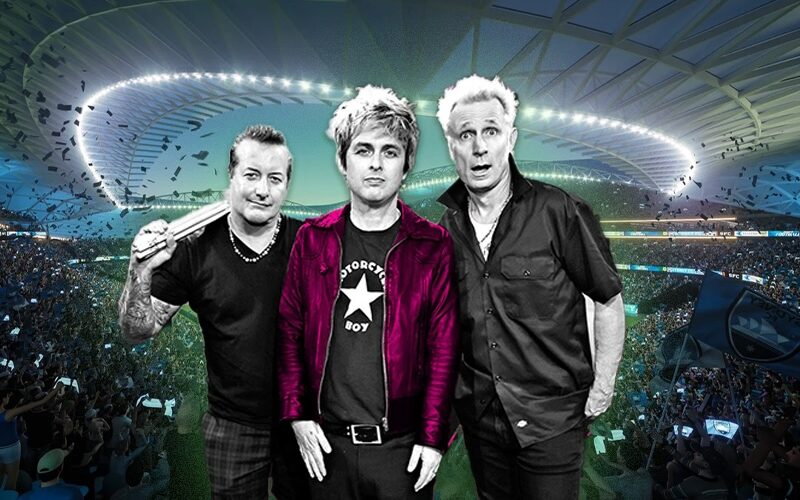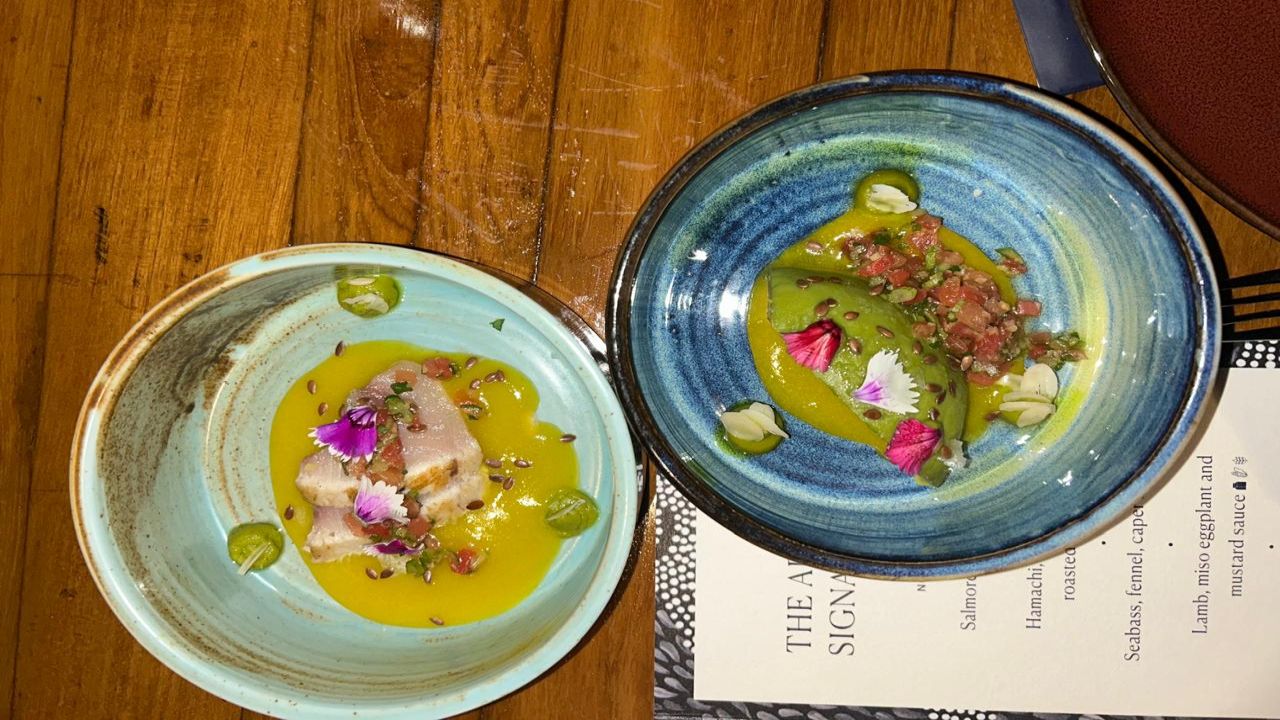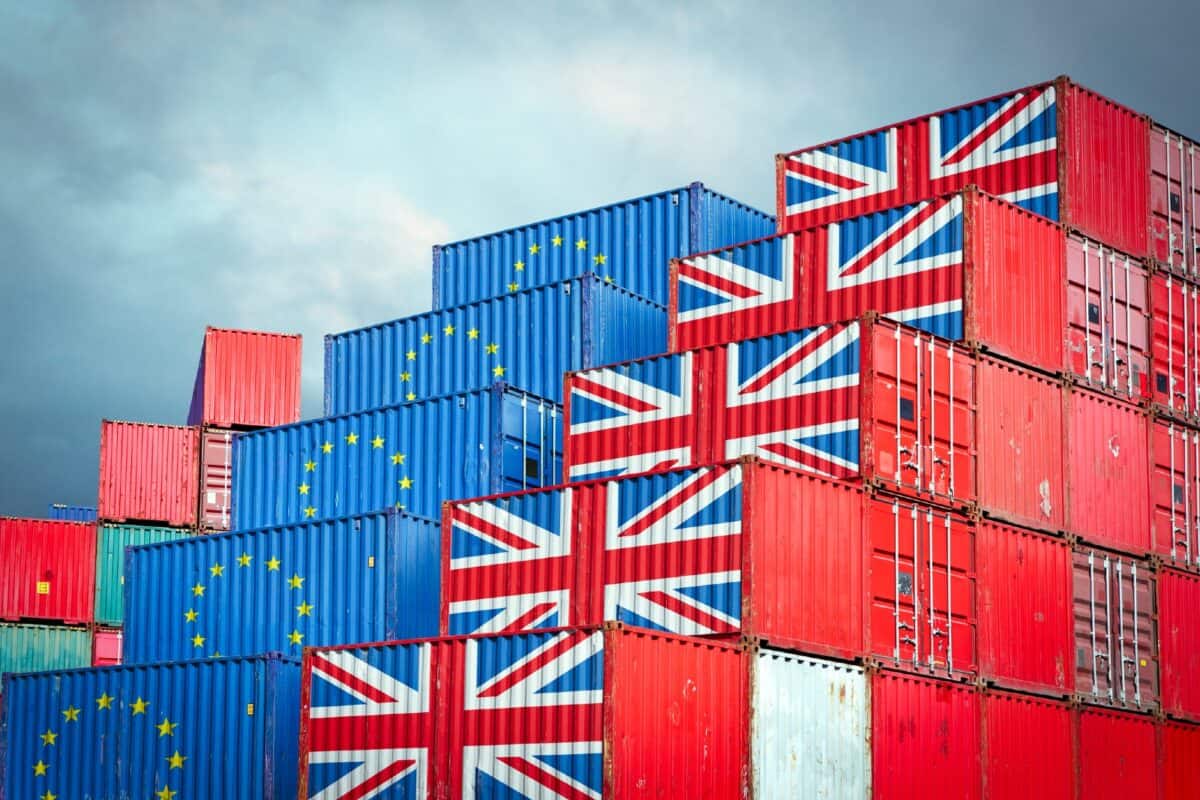Dynamic pricing has played its way into the Australian live music scene, courtesy of Live Nation and its subsidiary, Ticketmaster. But who benefits from the higher prices, musician Josh Barnett asks. A well-known feature of pricing for air travel and hotel bookings, the practice of ‘yield’ driven pricing is now being applied to the sale of concert tickets.
Apparently, bleeding fans dry just once isn’t enough. With Green Day’s 2025 Australian tour as the latest contender, concertgoers are now facing seat prices as high as $500, all thanks to Ticketmaster’s so-called “In Demand” pricing. In Demand pricing means simply that ticket prices fluctuate in real time based on demand.
It’s a bit like watching the stock market while you’re desperately trying to nab a seat for a show, except instead of stocks, it’s your hard-earned dollars evaporating before your eyes. As a musician, I completely understand the need for bands to maximise their income. Since the introduction of streaming and the loss of sale of physical CDs, a majority of artists’ income has to either come from digital streaming or from performing live.
Does this dynamic pricing help the band? The short answer is yes, but not as much as you might think. Dynamic pricing has been marketed as a way for artists to earn more money by capturing revenue that would otherwise go to scalpers (for sold-out shows). Ticketmaster and Live Nation often claim that dynamic pricing allows artists to “price tickets cl.


















